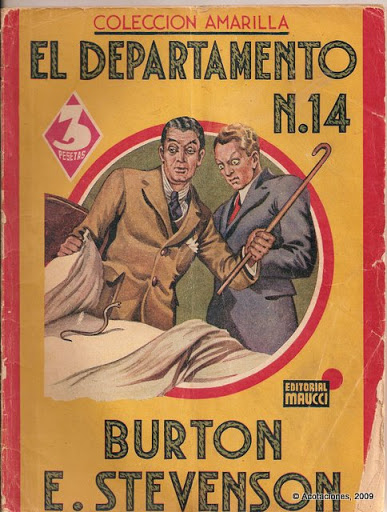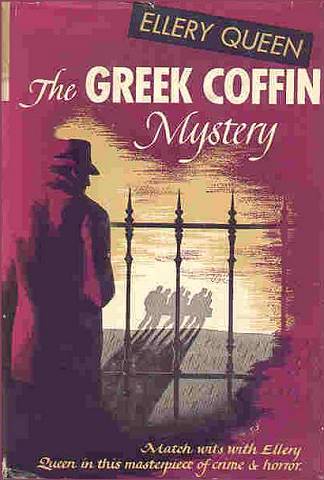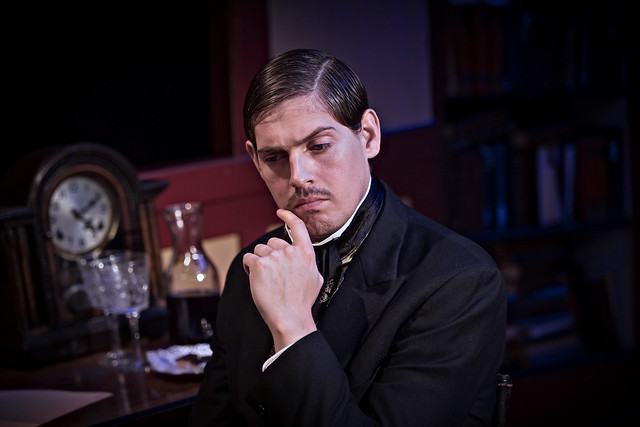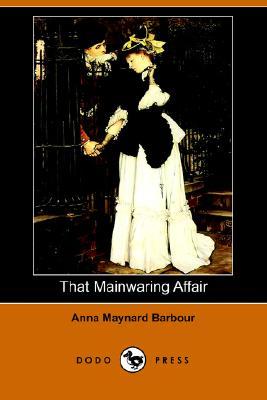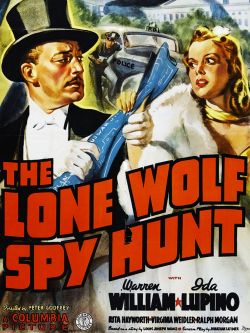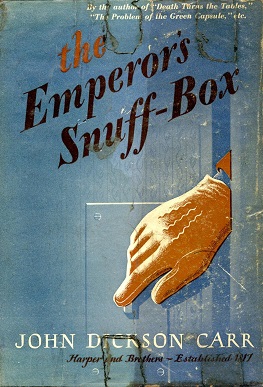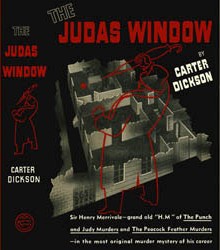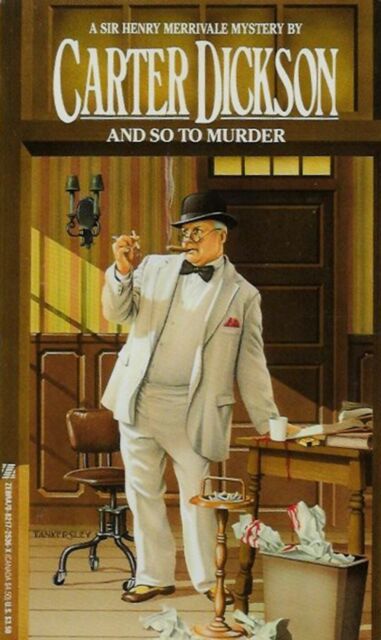By Gilbert K. Chesterton (1874-1936).
Dodd, Mead & Co.
1926. 270 pages. $2.00
Collection: 8 stories.
Online HERE.
Contents:
1. "The Resurrection of Father Brown"2. "The Arrow of Heaven"
3. "The Oracle of the Dog"
4. "The Miracle of Moon Crescent"
5. "The Curse of the Golden Cross"
6. "The Dagger with Wings"
7. "The Doom of the Darnaways"
8. "The Ghost of Gideon Wise"
Like his creator, Father Brown—or his adventures, anyway—tended to be over-the-top:
THE persistence of Father Brown seems to indicate annual reappearances after the manner of the more famous Sherlock Holmes.
Mr. Chesterton has indeed christened his first story in this third book of the exploits of his mystery-solving Catholic priest "The Resurrection of Father Brown." Snaith, the newspaper man from Kansas City, started the whole trouble. He really wanted Father Brown to disappear over a cliff—or something—"in the manner of Doctor Watson's hero" and for the purposes of world-wide publicity. Father Brown was at the time "something between a missionary and a parish priest," in a section of the northern coast of South America. And he had enemies, both in the leader of the iconoclastic party and in the leader of the more conservative side in one of those eternal factional disputes common to South America. It was to the interests of all that Father Brown should die and be resurrected, and thereby achieve a miracle which could afterward be pronounced spurious. Of course, Father Brown foiled them all, simply by possessing both common-sense and common integrity. A better type of American is introduced into the story, who pays him extravagant tribute.
There are other miracles in this book that are not, in fact, miracles. There is, for instance, "The Miracle of Moon Crescent," where laymen are shown as far more credulous and superstitious than one clear-thinking cleric with a knowledge of men and motives.
"But I thought you believed in miracles," cries one of the laymen. "Yes," answers Father Brown, "I believe in miracles. I believe in man-eating tigers, but I don't see them running about everywhere. If I want any miracles, I know where to get them."
And as well as refusing to be turned aside by red herrings of superstitious theory drawn across the trail of wholly human criminals, Father Brown is proved to have known something of animals, — of the way dogs act and why, for instance, in "The Oracle of the Dog."
Likewise "The Doom of the Darnaways" has no terrors for him, nor the black and white magic in "The Dagger with Wings," save as the wickedness in the heart of man is terrible or as monomania is a terrible thing. For Father Brown is shown throughout, as has been the case heretofore, as an undistinguished individual of simple and rooted faith who solves the apparently monstrous and strange with the common sense that is uncommon. His exploits make good reading, because his author has true inventiveness, an ability to make the preposterous seem plausible, and a mastery of tricks of story-construction that can often "spring" the unexpected climax.
These tales are highly-colored, dramatic, and in all of them the characters approach fantastic beings, as do the characters in all of Chesterton's fiction. But that does not make them less entertaining. One is intended to reach the conclusion that Father Brown is almost the only truly rational person in an aggregation of demented mystics and maniacal rationalists. But the circumstances under which he operates could only have been conceived by a Chesterton in the first place.
We shall continue to read with indulgence of Father Brown so often as he reappears, for we are fond of the dramatically fantastic, and Chesterton's pen has certainly not lost its cunning.
As a minor stricture, why is it that no Englishman, however cultivated, can ever reproduce American speech correctly? The phrasing and accent of New England are forever jumbled with that of the South and the Middle West. And to cite one instance only, out of many, Americans never speak of "flats" but of "apartments," and never, by any stretch of the imagination, would refer to an apartment-house as an hotel. — Unsigned, "Father Brown Again," THE SATURDAY REVIEW (July 24, 1926)
Category: Detective fiction




